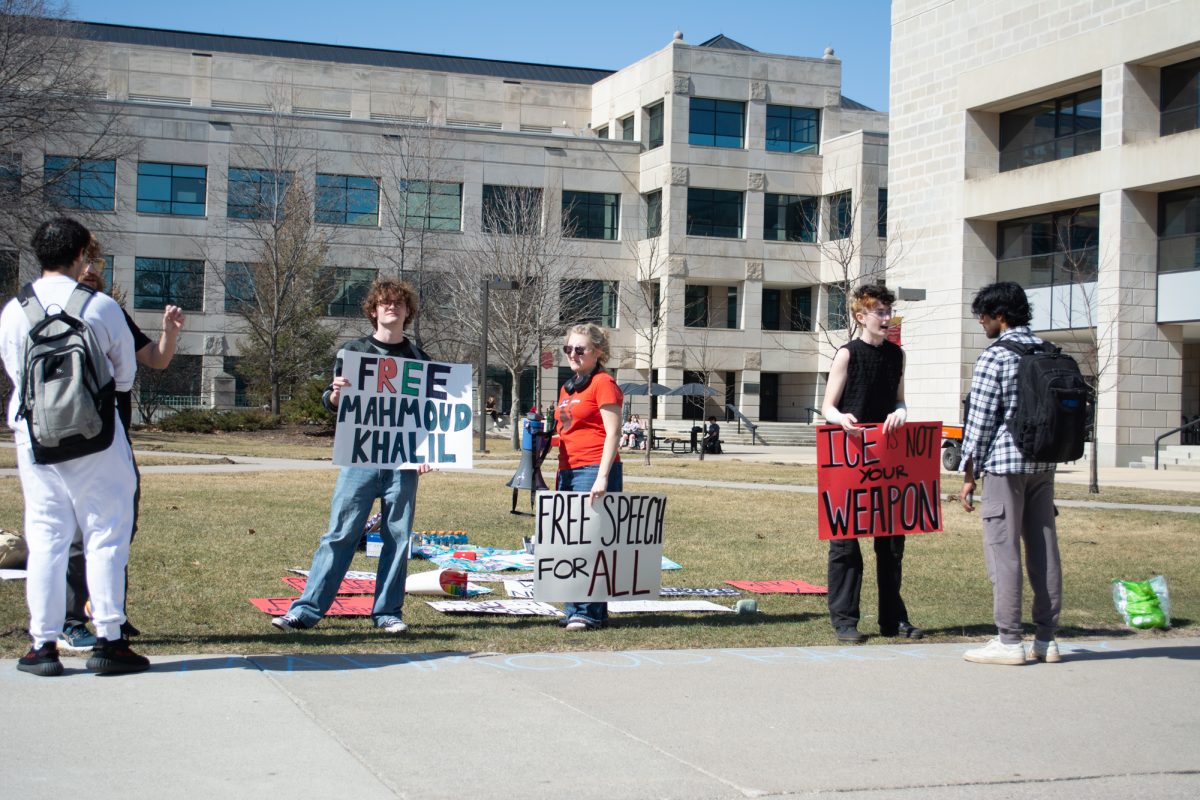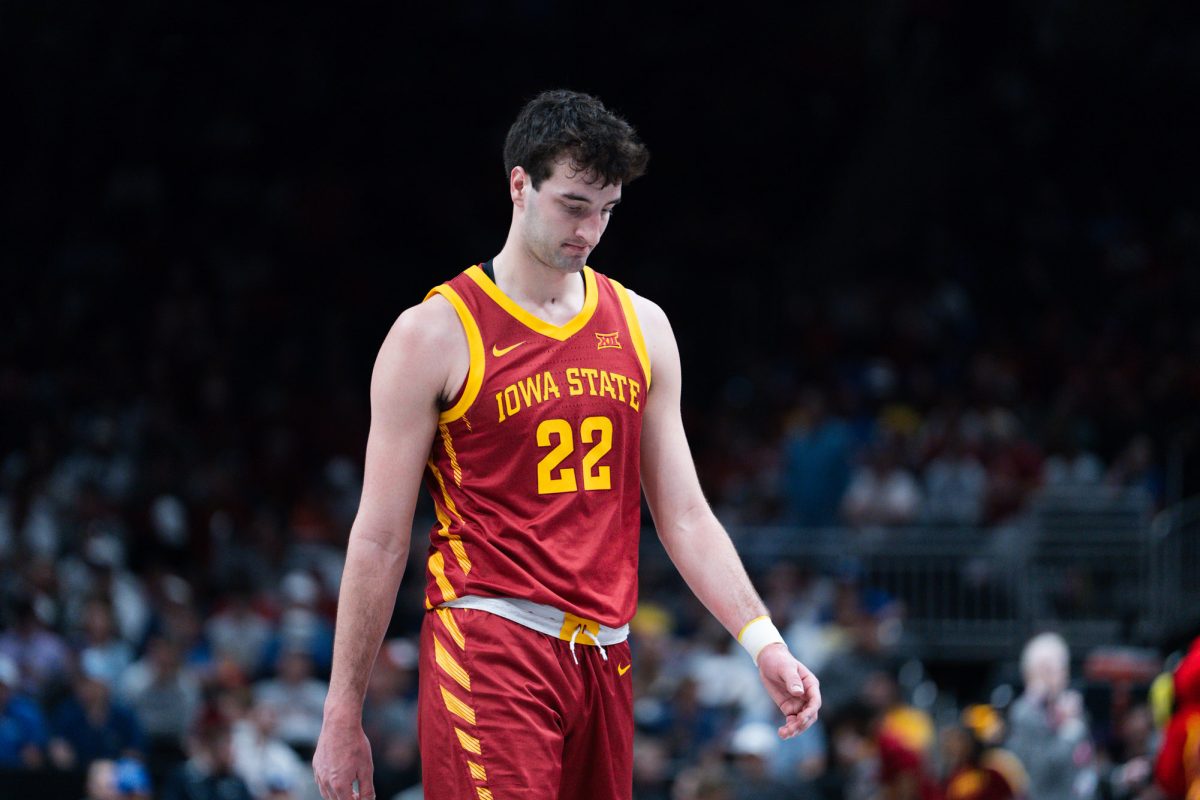College students’ use of alcohol closely tied to crimes, violence
April 16, 2002
A study released last week reports that 1,400 college students ages 18 to 24 die from alcohol-related incidents each year.
The study also reports that 600,000 students are assaulted by another student who has been drinking and more than 70,000 students are victims of sexual assault or date-rape due to alcohol.
The numbers come from the National Institute of Alcohol Abuse and Alcoholism, a branch of the National Institutes of Health. It is the first to trace alcohol use and its consequences to college students and on campuses around the country.
Iowa State has already implemented several strategies to curb alcohol-related incidents listed on the study, said Sara Schmidgall-Kellogg, program coordinator for Substance Abuse and Violence Prevention, a unit of the vice president for Student Affairs Office.
“We continue to evaluate our program and see what we have done, as well as what we can do better,” Schmidgall-Kellogg said. “We are always concerned with substance abuse regardless of what the numbers say about our campus. We know it has been a major problem for years and we’re trying to prevent more serious problems from occurring.”
The Substance Abuse Incentives Program at Iowa State offers incentives for alcohol-free programs, including alcohol-free tailgates before football games and educational programs. The program distributes information for the “Most of Us” program, which includes alcohol-related information from a study by the Student Health Center.
Schmidgall-Kellogg said Iowa State’s averages are generally close to national numbers.
Some ISU students incur academic problems due to alcohol, she said, but she believes it is lower than the national average of 25 percent.
Brian Dunn, program coordinator for the Thielen Student Health Center, said alcohol is not a problem for the majority of ISU students.
He said 60 percent of ISU students don’t drink excessively.
Dunn said the health center does not keep numbers on alcohol-related injuries, though it may in the near future.
The Department of Public Safety tracks alcohol-related incidents, including operating while intoxicated incidents, public intoxication and liquor law violations, which include underage drinking and public consumption offenses, said DPS Director Jerry Stewart.
In 2001, the number of OWI arrests had decreased from 174 to 132 and public intoxication arrests had declined from 153 to 60.
Arrests for liquor law violations in the same period have increased from 143 to 333.
“Intoxication arrests have plummeted because we have stepped up our visibility and have really been focusing on getting officers out there earlier before they reach the level of intoxication,” Stewart said.
“Our philosophy is that we would much rather deal with a minor violation than a sexual assault, a broken window or even death and it appears to be working so far,” he said.
The last alcohol-related death at Iowa State was during Veishea weekend in 1997 when Harold “Uri” Sellers was stabbed on a fraternity lawn along Welch Avenue. Although the incident was technically not on campus, it is included in DPS crime statistics because it was a university-related event.
“We do have death on this campus, but thankfully an alcohol-related death hasn’t occurred in a while,” Stewart said.
“We don’t keep separate data, but we do know that most of the crime that occurs on campus – including burglary, vandalism and other violations – involve alcohol and excessive drinking.”
Stewart said Iowa State needs to improve education by raising awareness about the seriousness of alcohol-related sexual assaults and rapes.
“The good news is sexual assault by strangers is not something that is common on this campus. The bad news is sexual assault is still something that happens on the campus as well as campuses across the country,” Stewart said.
“Almost all of our sexual assaults are among acquaintances and alcohol-related – that’s a fact,” Stewart said.






